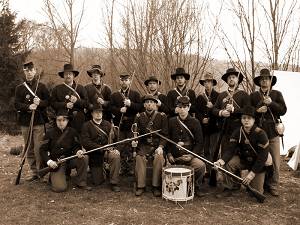Hallo Kameraden,
ein frohes neues Jahr !
I have a Question about tarred cloth, does it mean Oilcloth, or if it is an other thing, where can I find a recipe of this ?
ein frohes neues Jahr !
I have a Question about tarred cloth, does it mean Oilcloth, or if it is an other thing, where can I find a recipe of this ?







Comment